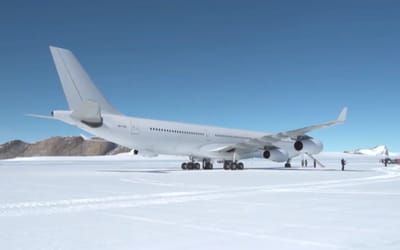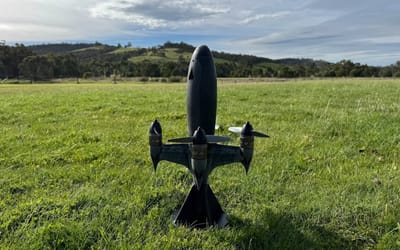X-59 model tested in wind tunnel as NASA nears no-boom supersonic flight
Published on Jul 17, 2025 at 3:31 AM (UTC+4)
by Ben Thompson
Last updated on Jul 16, 2025 at 1:53 PM (UTC+4)
Edited by
Emma Matthews
The X-59 model was tested in a wind tunnel as NASA takes one step closer towards no-boom supersonic flight.
The experimental aircraft’s first flight is apparently around the corner, with hopes it’ll take off by the end of 2025.
For the time being, different versions of the plane are being put through their paces in a wind tunnel.
This project has been a decade in the works and is set to be a game changer.
EXPLORE SBX CARS – Supercar auctions starting soon powered by Supercar Blondie
The X-59 faces the wind tunnel as NASA draws closer to supersonic flight
A lot has been said about the X-59, the plane NASA has been working on for the better part of a decade.
Branded a ‘Concorde with a silencer‘, the X-59 has been touted as having the potential to usher in a new era of no-boom supersonic flight.
Ground tests have been ongoing, in which the plane was ‘tricked’ into thinking it was flying.
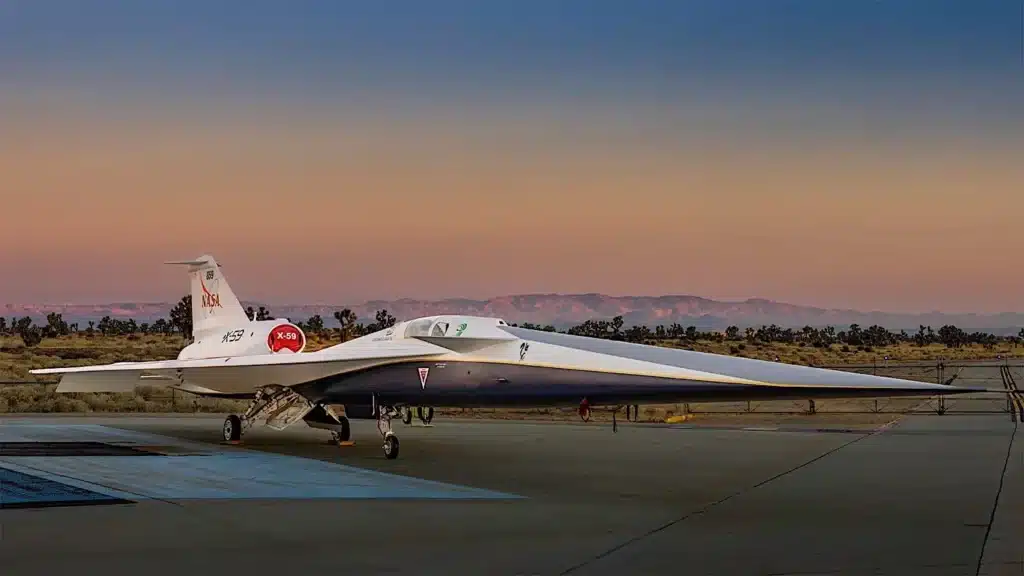
Now, it has been revealed that NASA and its partner Lockheed Martin Skunk Works have been putting the X-95 through wind tunnel tests.
The tests took place at the Chofu facility in Japan, which is operated by the company’s space agency, JAXA.
It wasn’t the full-size X-59 that was used, however, but a 1.62 percent scale model measuring 19 inches, Autoevolution reported.
Despite the difference in size, the model was subjected to the same conditions that the standard plane would face in the sky when traveling at maximum speed.
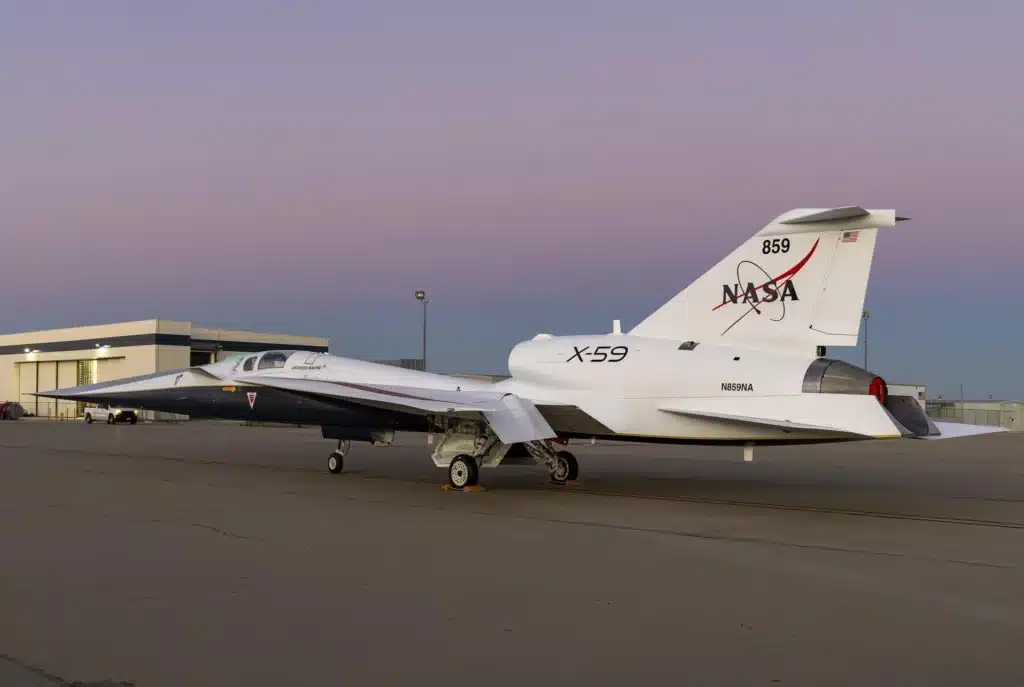
Although NASA called the test an ‘important milestone’, the space agency didn’t reveal more about the outcome.
However, the test ‘allowed NASA researchers to gather critical experimental data to compare to their predictions derived through Computational Fluid Dynamics modeling, which include how air will flow around the aircraft.‘
Overall, three wind tunnel tests have taken place – one of which was at the Glenn Research Center in Ohio.
In the shadow of Concorde
Ever since Concorde was retired back in 2003, people have been trying to recreate the magic of supersonic flight.
And given that it cut travel times by more than half, can you really blame them?
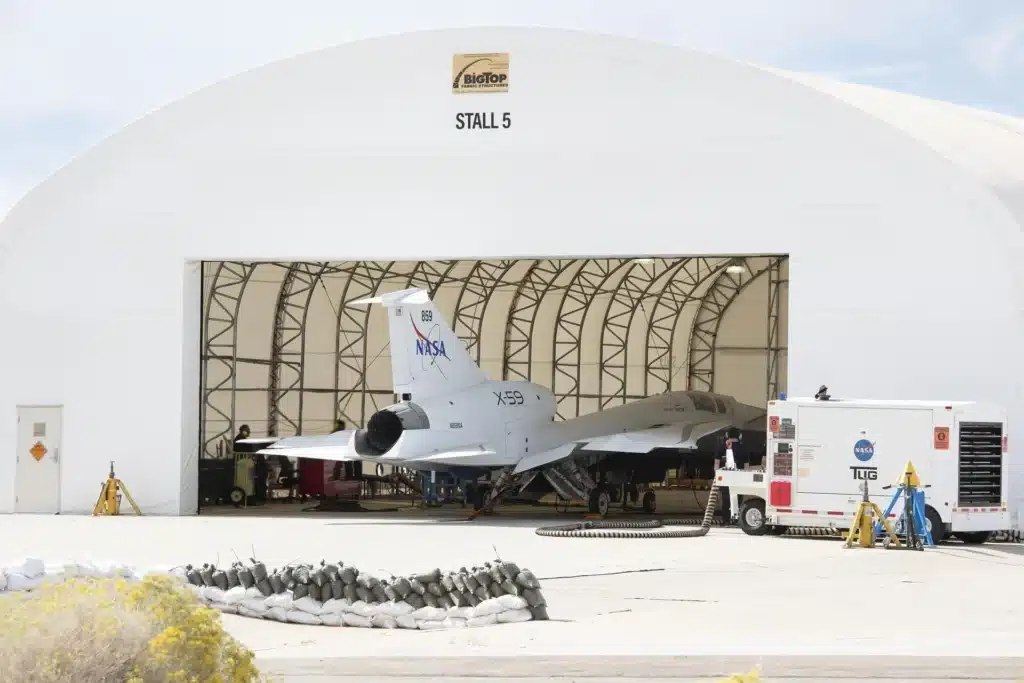
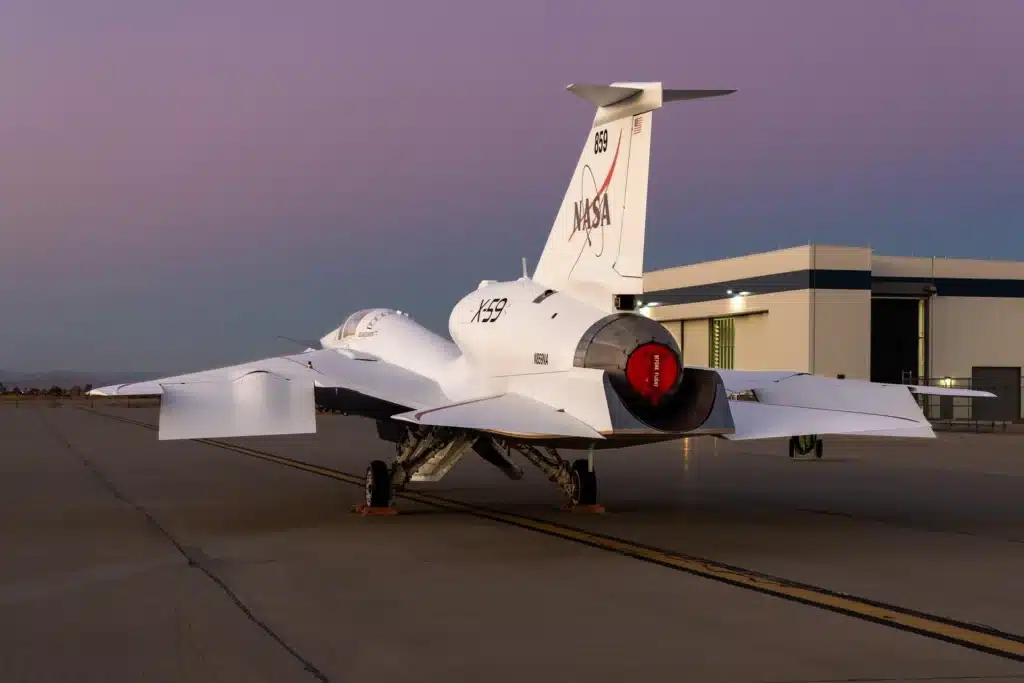
A lot of planes have come along that have been hailed as the successor to Concorde. And that includes the Global 7500, and the aptly named Son of Concorde.
It’s been over 20 years now, it’s about time we get a successor in one way or another. And with no-boom supersonic flight on the horizon, the sky is literally the limit.
Click the star icon next to supercarblondie.com in Google Search to stay ahead of the curve on the latest and greatest supercars, hypercars, and ground-breaking technology.
DISCOVER SBX CARS: The global premium car auction platform powered by Supercar Blondie
